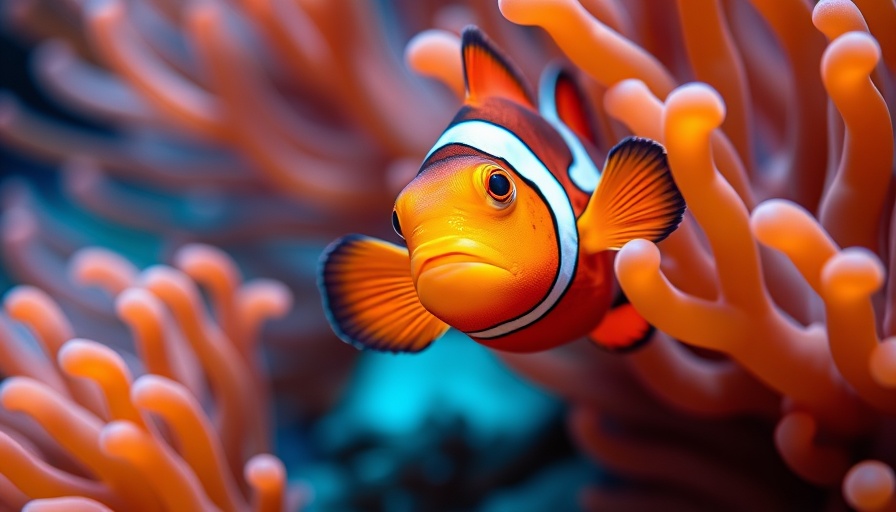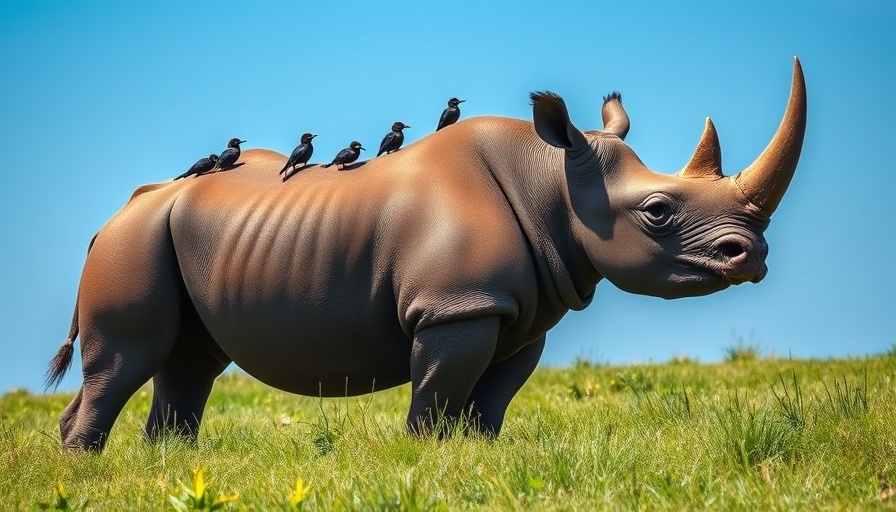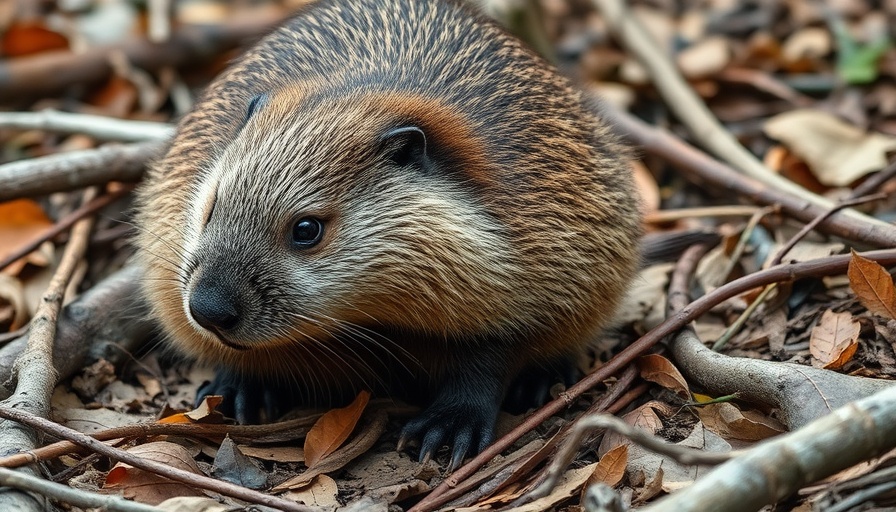
Uncovering the Shrinking Mystery of Clownfish
In a surprising turn of events revealed by recent research, clownfish off the coast of Papua New Guinea have been observed to shrink in size during extreme heat waves. This strange phenomenon, noted by researchers diving in 2023, highlights how marine life adapts to changing climates. According to the study published in Science Advances, 134 clownfish were measured monthly from February to August, revealing a mean size reduction of several millimeters.
How Climate Change Influences Marine Life
This is not an isolated challenge. The average global temperature has increased by about 2.65°F (1.47°C) since the late 1800s. Such warming has diverse effects on wildlife, from increasing the frequency of devastating wildfires affecting koalas to causing significant coral bleaching. Interestingly, while many species struggle to cope with these changes, a number are demonstrating remarkable resilience.
Survival in Small Sizes: The Advantages
Being smaller in extreme heat can actually provide advantages, particularly for cold-blooded creatures like clownfish. Although their means of thermoregulation differ from warm-blooded animals, smaller sizes may allow these fish to better meet energy needs even in higher temperatures. Research has shown that the ability to adapt quickly to environmental stressors, such as heat waves, could mean a greater chance of survival for species facing climate change.
Lessons from the Clownfish: Adaptation and Resilience
The rapid size adaptation of clownfish presents a layer of hope in the face of dire ecological challenges. According to the study's lead researcher, Melissa Versteeg, these fish are adjusting their size as a stress management technique in response to heat, indicating a flexibility that is crucial for survival amid changing conditions. While the long-term impacts of climate change on marine ecosystems remain troubling, the clownfish's adaptability offers a glimmer of optimism.
Reflecting on the Bigger Picture
As we look to the future, the lessons from our oceans and their inhabitants remind us of the interconnectedness of life and the necessity of preserving these delicate ecosystems. The clownfish's shrinking may not only reflect their struggle against climate change but also a call to action for all of us to support eco-friendly practices. By understanding these changes and their implications, we can foster a community that values wildlife preservation and climate resilience.
**Take Action**: Engage with local conservation efforts, support sustainable seafood choices, and lead discussions about climate change in your community. Every small step counts in protecting our planet's incredible biodiversity.
 Add Row
Add Row  Add
Add 




Write A Comment